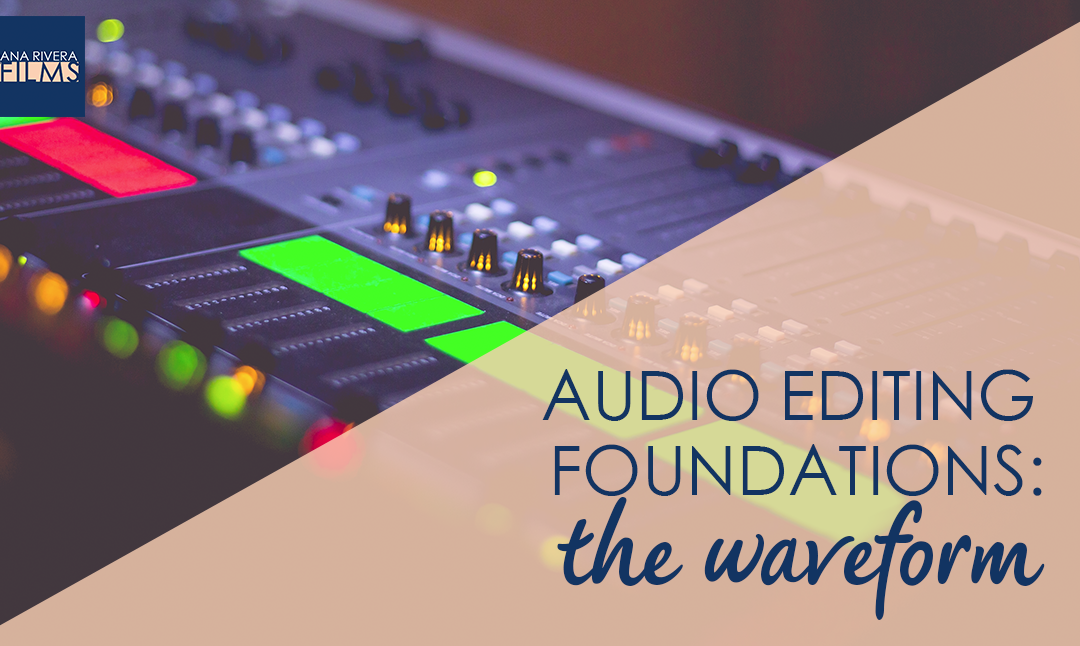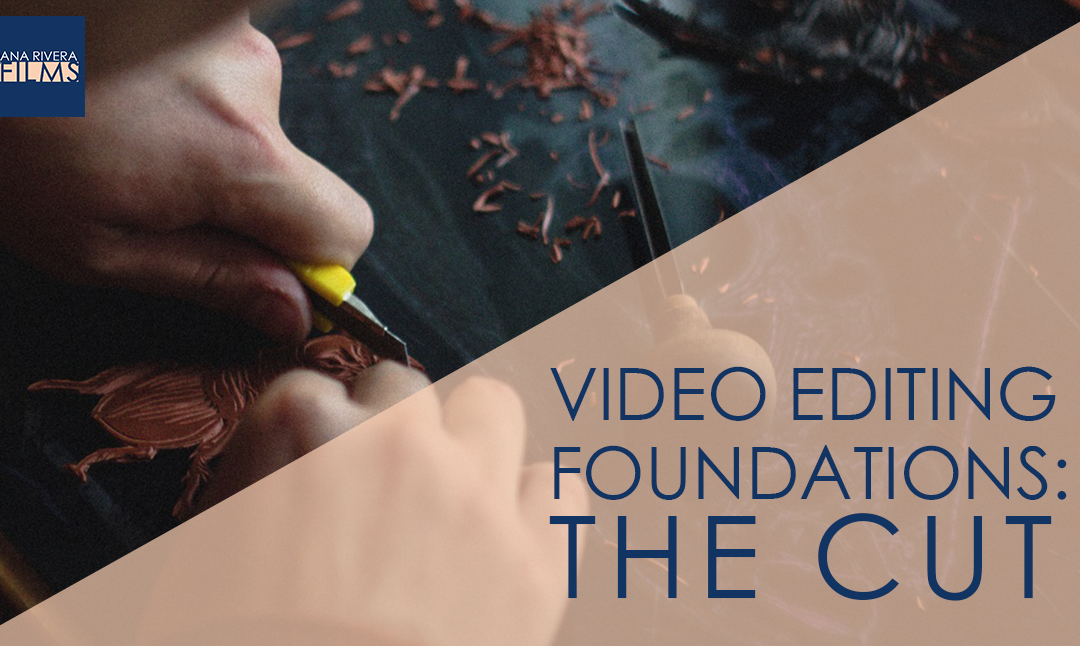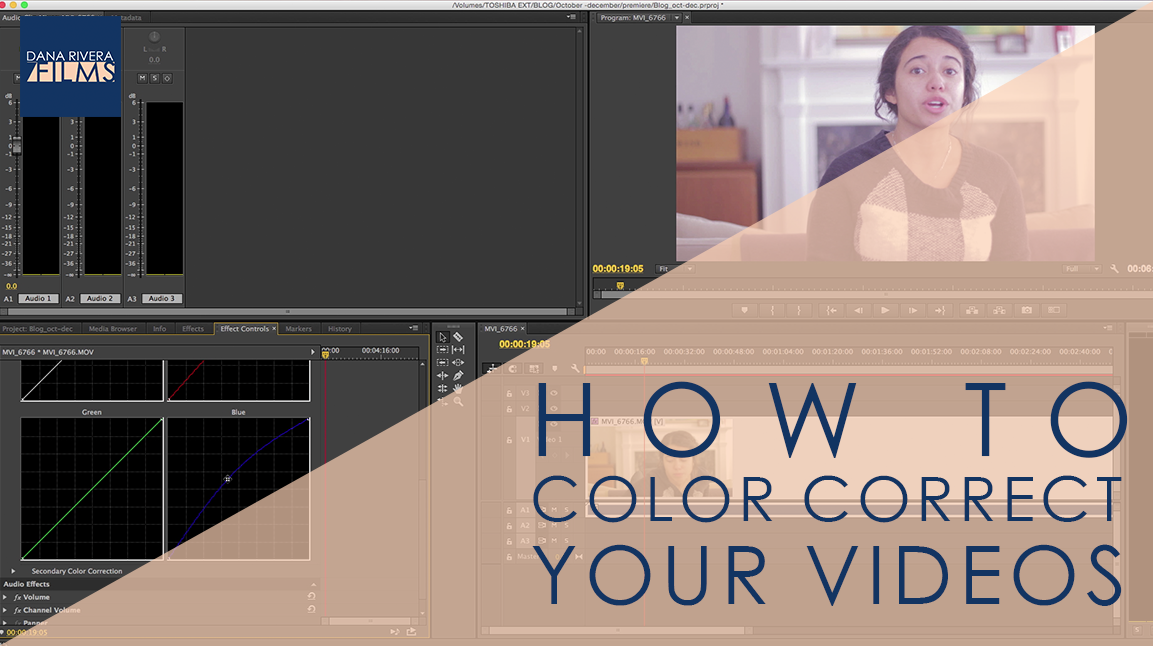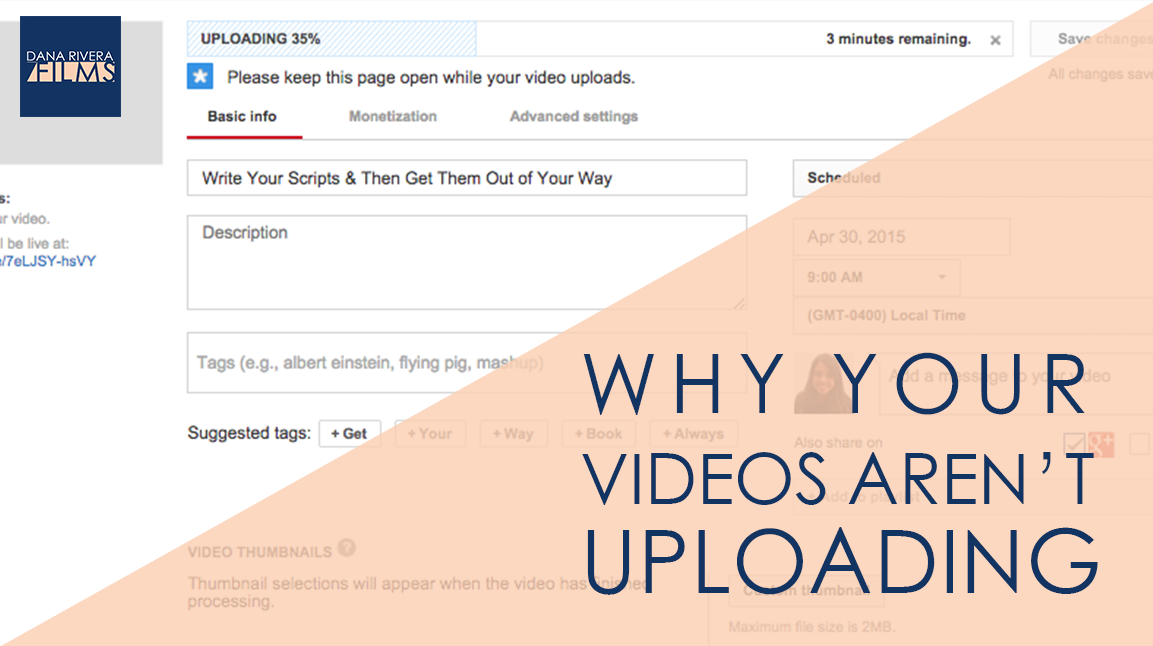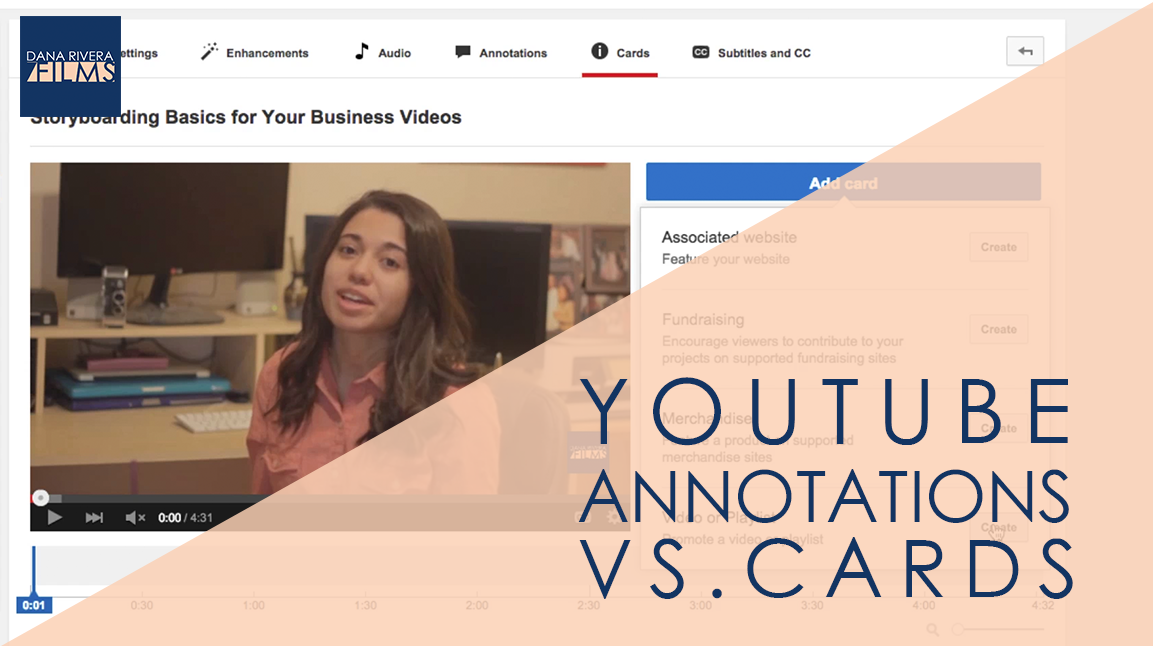
Room Tone
Hi Storytellers! Happy Filmmaking Thursday
Ambient noise and room tone are something we all have to deal with when creating videos.
There are a lot of tips and tricks you can use to minimize annoying background noise but there are 3 things you need to know first.
1. Every single room has background noise. This is just something we all have to accept. Unfortunately, there is no magical noise-free room or set up that you should be using. Everything in a room creates vibrations and sound that can show up in your video.
2. Mics can help combat background noise. Microphones ensure that your voice is louder than the background noise surrounding you. Make sure you’re always using top quality mics and sound equipment no matter where you are.
3. Some noise issues can be fixed in editing, but don’t rely on that. With the right editing equipment, getting rid of ambient noise is not too difficult. But ambient noise can have the same frequency as our voices, making it impossible to get rid of that noise without also altering your own voice.
Now, I’d like to hear from you, what’s your biggest video question? Let me know in the comments below. If you liked this video, don’t forget to subscribe and share it with your friends. If you want more, come on over and the Storyteller Circle, my private Facebook group filled with wonderful entrepreneurs like you that are looking for more support in crafting their video stories and an inspirational community. I adore the people in this group so I post some of my best stuff there. When you join you’ll instantly get a bonus gift “How to Reach, Grow & Teach Your Online Community With Video”. Just click the button below. And remember Tell Your Story. Inspire Action. Make a Change. Thanks for watching and I’ll see you next time! If you liked this post please comment and share. I’d love to hear from you.
Download the "How to Reach, Grow, & Teach Your Online Community" guide AND be of service like crazy!
Pick and choose the types of video you'd love to create, get your tools, and start creating!
You got it! Check your inbox!
Want to use video to grow your biz AND be of service like crazy?
Get your guide to pick and choose the types of video you’d love to create, get your tools, and start creating!

